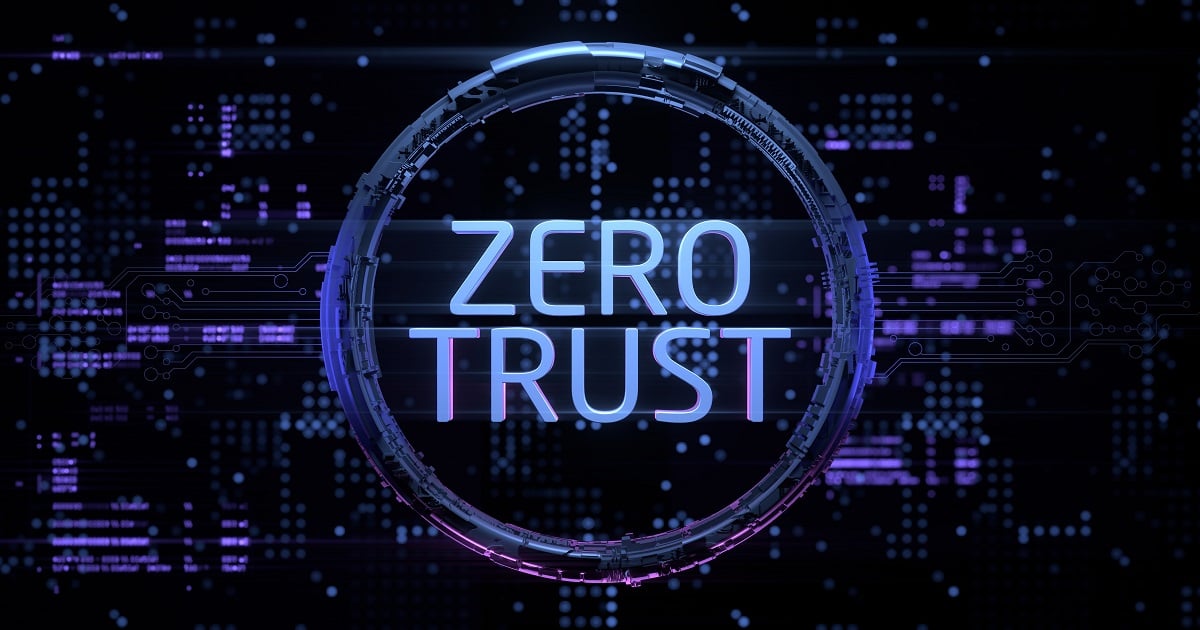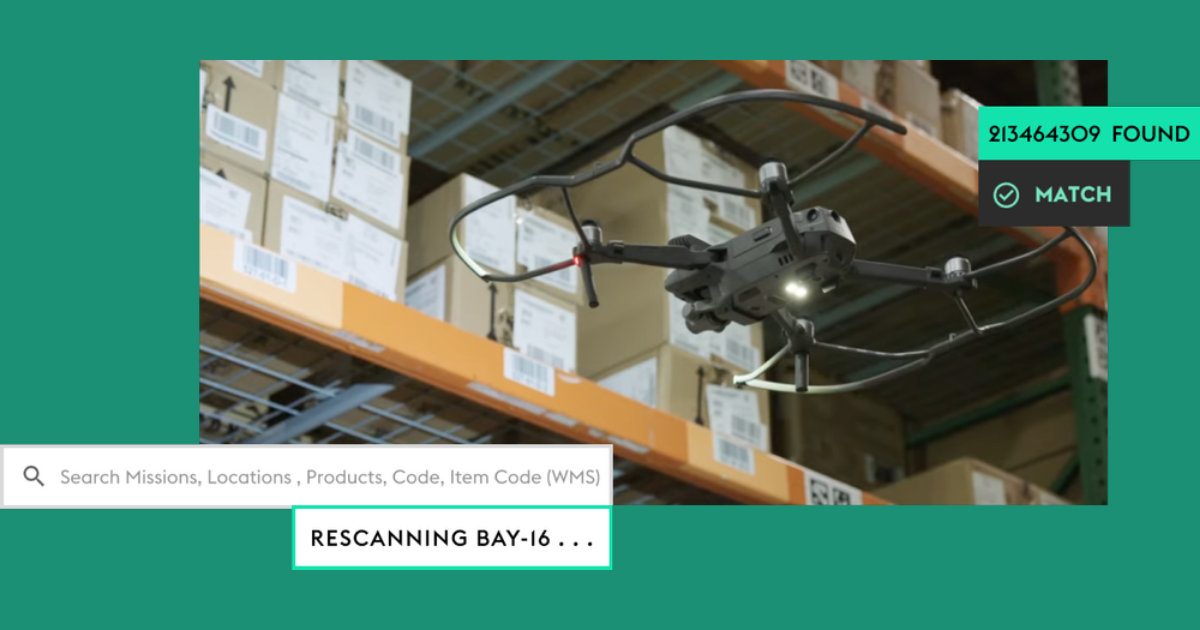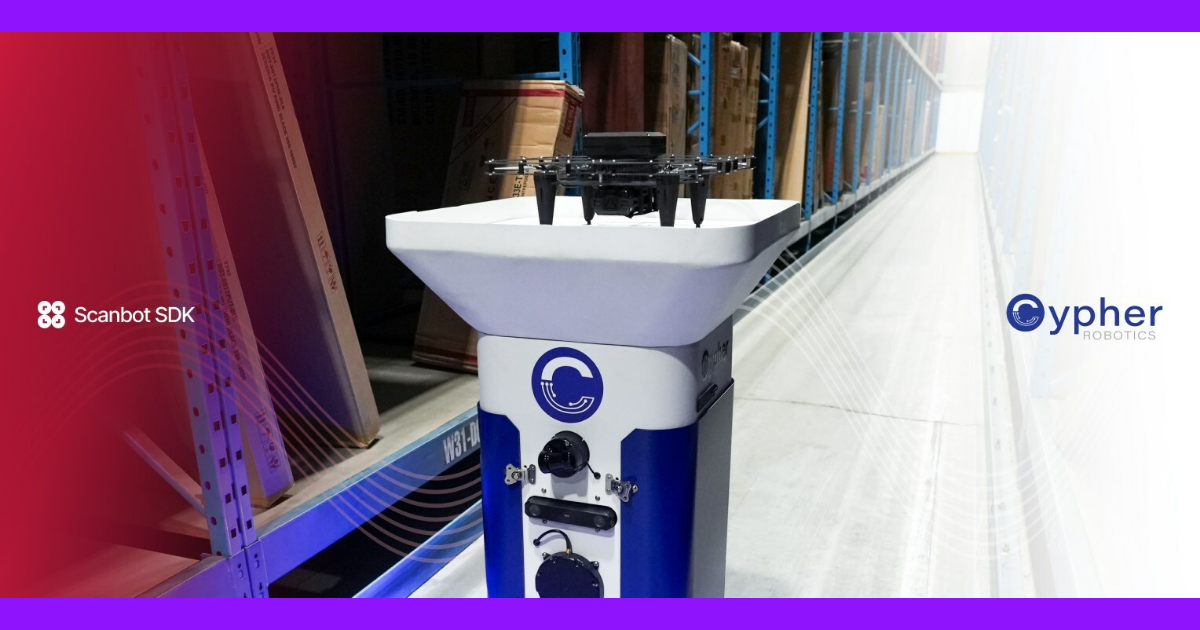
When we think of the Internet of Things (IoT), we tend to think of its potential to affect consumers. Your fitness tracker talks to your healthcare providers. You hop in your car and it drives you to work.
But businesses are equally benefiting from the IoT. In fact, most IoT market potential will be found in enterprises as companies use it to drive operational efficiency and introduce new connected products and services while enhancing customer experience.
Ericsson’s recent research on the IoT forecasts that by 2026, there will be 20 billion IoT connections worldwide, up from 7 billion in 2017. This 20 percent compound annual growth rate (CAGR) means that connecting these devices and helping them communicate is going to be big business. The research also predicts that telecom service providers will be looking at a $619 billion industry digitalization market by 2026, a 35 percent bump compared to the revenue from their services today.
This market opportunity consists of everything from network connectivity up to software and applications. As the IoT market becomes mature, the higher a service provider is on the IoT value chain, the more potential for revenue growth.
Defining the IoT value chain
As with any industry, there is a value chain associated with the IoT when it comes to telecom services. The first level is all those connected devices: cars, fitness watches, pet trackers. On the industrial side of things, these devices can be anything from connected machinery in factories, to the cameras and sensors that help cities become “smart.”
The next level relates to the network and connectivity. This level deals with how devices communicate and how they’re connected, it’s also where the device and network data is collected by service providers and uploaded to the cloud.
The third level brings the software platforms that manage devices and applications and all the data in use, and includes all the features you would expect: charging and billing, security, analytics, and even ecosystem partner management.
The final level in the value chain brings us closest to end users, whether they’re consumers or industry: All the applications and services that they use to take advantage of the IoT.
The next logical question gets to the heart of how service providers will capitalize on the incredible IoT growth: How can they move up the IoT value chain to increase their revenue potential? Ericsson’s research showed that 80 percent of service providers were looking to move up the chain beyond networks and connectivity to grow revenue, but 70 percent didn’t have a well-defined strategy to do it.
Moving up the IoT value chain
It helps to start with an example. An industry in its absolute infancy is delivery via drone. As more and more automated flying vehicles take to the sky, they need fast, completely reliable ways to connect to warehouses, consumers, traffic control or other locations. Using tech like 5G can help them communicate with each other with the reliability needed. This is fairly low on the value chain.
There is also a real opportunity to provide more advanced services, like the software platforms that let them communicate with warehouses about their delivery, or even applications that alert the drone to real-time customer orders to help set its travel path. These represent the higher end of the IoT value chain, and the much larger opportunity.
It’s tempting, then, to say that moving up the value chain means coming up with more offerings to add to the products and services that service providers already have in the network and connectivity space. If only it were that simple.
You can almost look at telecom operators moving up the value chain as transforming into software companies. New offerings mean broadening telecom service providers’ skills and capabilities, which calls for deliberate investments of time and resources.
It requires service providers to get out of their comfort zone. For example, a telecom carrier could start to diversify existing offerings by providing IoT network integration services, or even device lifecycle management to its enterprise customers. Or it can take on new paths like delivering IoT platform services and industry solutions. Whether diversifying existing offerings or taking a completely new path to embrace more sophisticated roles, developing new capabilities is at the heart of moving up the IoT value chain.
The IoT has the potential to change the world, and we’re just at the beginning. As more and more IoT-connected devices come online, the potential benefits for consumer and enterprises are mind-boggling. The potential of this new market for service providers is equally exciting. Those willing to invest the time and resources to move up the IoT value chain will stand to gain the most.
About the author: Warren Chaisatien, Global Head of IoT Customer Engagement Marketing, leads Ericsson’s engagements with telecom service providers on IoT business and technology strategies. Generating demand for the regional sales organizations, his C-level engagements focus on telecom service providers’ roles and opportunities in the IoT value chain.
Edited by
Ken Briodagh





